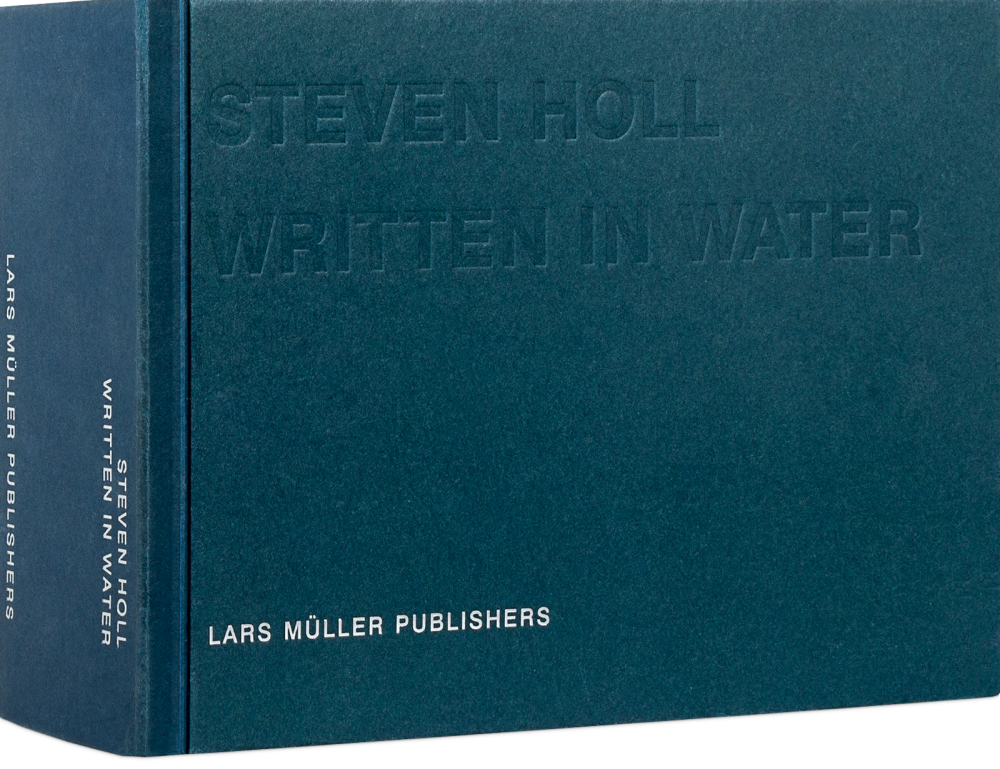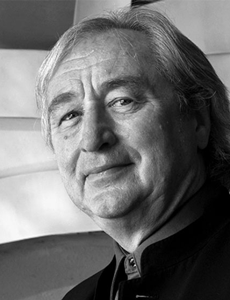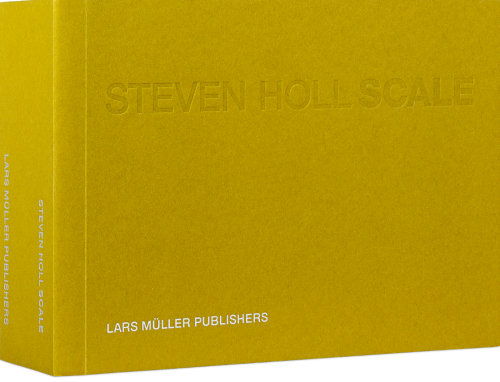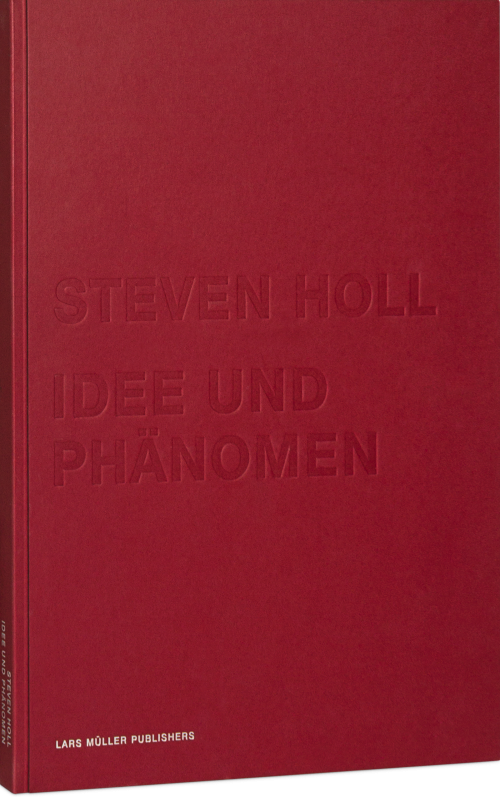
Written in Water
This is the first publication of Steven Holls legendary watercolors. Built as diary, the 365 watercolors represent the creative process of this famous and influential American Architect. The watercolors show the individual method of Steven Holl, developed over many years and containing first ideas and sketches of all major buildings and competition projects. Holl is known for his sculptural architecture and his genuine use of light. Both qualities which meet the characteristics of the watercolor-technique.
This highly artistic work by an architect becomes spectacular in the field of changing working techniques in design – the lowtech attitude allows the artist to concentrate on inspiration and perception.
This is the first publication of Steven Holls legendary watercolors. Built as diary, the 365 watercolors represent the creative process of this famous and influential American Architect. The watercolors show the individual method of Steven Holl, developed over many years and containing first ideas and sketches of all major buildings and competition projects. Holl is known for his sculptural architecture and his genuine use of light. Both qualities which meet the characteristics of the watercolor-technique.
This highly artistic work by an architect becomes spectacular in the field of changing working techniques in design – the lowtech attitude allows the artist to concentrate on inspiration and perception.



